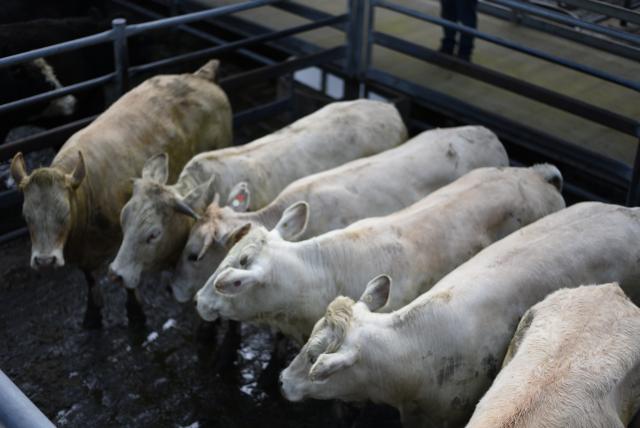Australia’s cattle availability will increase in the year ahead – as the national herd continues to rebuild – but supply chain limitations will impede sector growth, Rabobank says in its newly-released Australian Beef Seasonal Outlook for 2022.
In the report, titled ‘Recovery well underway but the process will be slow’, the agribusiness banking specialist says as cattle numbers start to lift, they will create additional pressures in the already-constrained supply chain and have implications for sales and prices.
“Increased cattle numbers will see some of the urgency leave the cattle-buying market, so prices will drift down. But domestic consumption and export markets are favourable, and we don’t believe there will be any rapid price drops,” the report says.
“As cattle numbers increase, buyers will become more discerning.
“If people are going to continue to pay high prices, they will choose the better quality cattle.”
Report author, Rabobank senior animal proteins analyst Angus Gidley-Baird said it was expected heavier discounting would be seen of “poorer cattle and those that don’t meet specifications”.
“Additional cattle will also load up the supply chain. And existing constraints like freight costs, container access, port congestion and labour availability at processing plants will come under further pressure,” he said.
“These constraints will limit the ability to expand capacity to meet the increase in cattle numbers and may lead to some delays in processing cattle and to additional downward pressure on prices.”
Domestic cattle outlook
Mr Gidley-Baird said domestic beef production is set to rise in the year ahead – but less than its potential.
“As a result of herd rebuilding over the past two years, the availability of slaughter-weight cattle will increase in 2022. Based on Rabobank modelling, cattle slaughter numbers could rise seven percent, to 6.4 million head, with a corresponding nine per cent rise in production to just over two million tonnes in 2022, he said.
“We have already seen evidence of this increased cattle supply, with Q3 and Q4 2021 male slaughter numbers up seven per cent and one per cent respectively year on year – some of the largest increases in five years.”
Rabobank estimates cattle slaughter weights will lift two per cent, to an average 318 kilograms.
But severe constraints in meat-processing labour – due to COVID disruptions and lack of skilled workers – plus ongoing freight challenges will limit the production increase, the report says.
The lift in Australian cattle production will lead to increased beef exports in the year ahead, the report says, while domestic beef consumption is expected to decline.
“The production increase will mainly benefit export markets,” Mr Gidley-Baird said, “we expect domestic per capita beef consumption to drop by two per cent in 2022, to an estimated average 21.6 kilograms per person.
“This drop is smaller than in previous years where consumers were confronted with higher retail prices.”
Given the slow population growth rate, total domestic beef consumption is expected to drop one per cent in the year ahead, the Rabobank report said.






